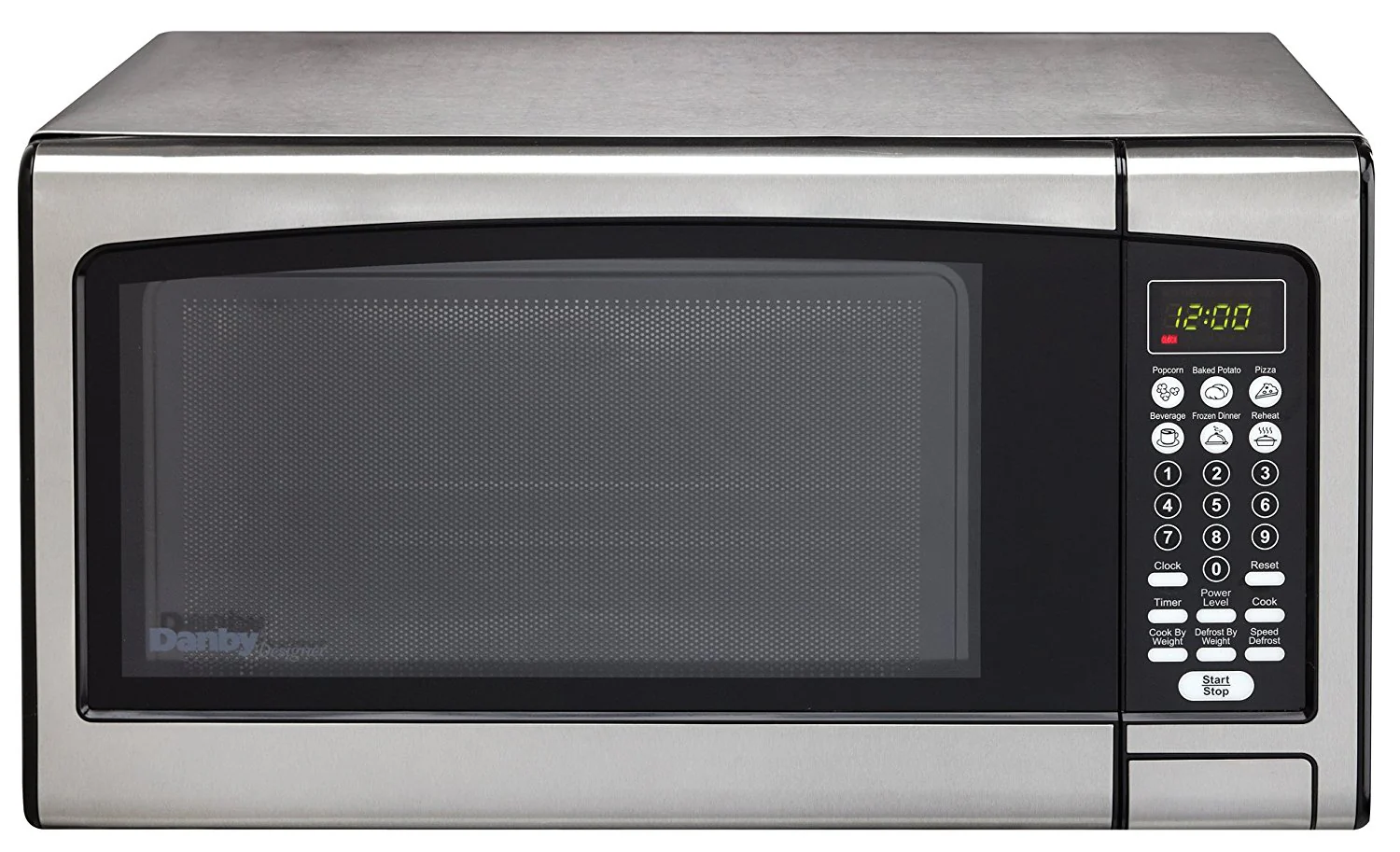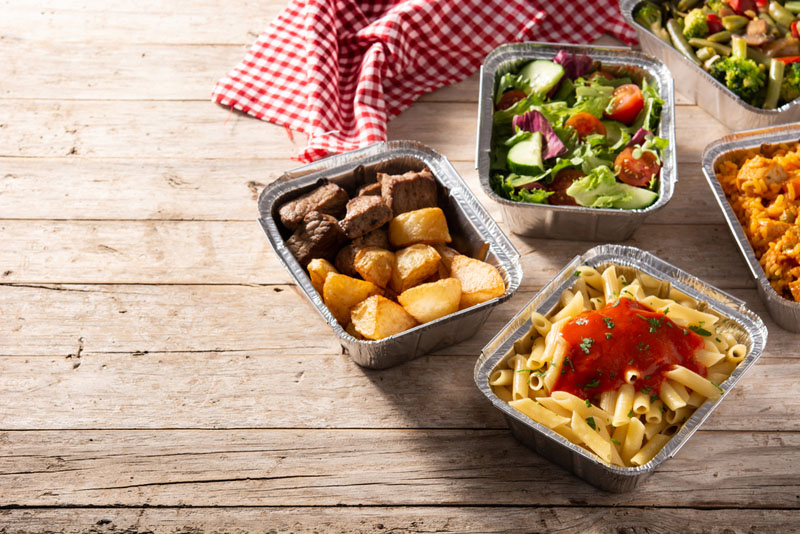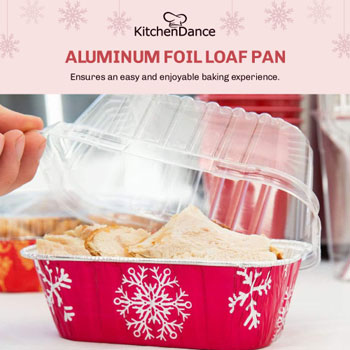
Using Aluminium Foil Containers In The Microwave Oven
We are regularly asked about using foil containers in the microwave. Many shops supply frozen or chilled prepacked meals that can be reheated or cooked either in a conventional oven or in a microwave oven. Here, we sell pans that can be put in the microwave, but with great caution unless familiar.
Understanding Microwave Cooking And Aluminium Foil
Microwave ovens work by producing radio waves that excite the water molecules in food, leading to heat generation. However, these radio waves behave differently when encountering metal cookware or an aluminum container, which leads to the unique characteristics of using aluminum containers in microwave cooking.
How To Use Aluminium Containers In The Microwave
Microwave can be used to reheat various leftover food items like delicious Sauerkraut dish or leftover steak. Before using the microwave, remove the aluminum lid from the tray. Place the aluminum container in the middle of the turntable to avoid contact with the microwave's walls. If your microwave has a metal turntable, place ceramic or glass plates underneath the tray to prevent contact between the two metal objects. Remember to use only one tray at a time in the microwave.
How Aluminium Foil Interacts With Microwaves
Like other metals, aluminum reflects microwaves, acting similarly to a mirror. Since microwaves cannot penetrate aluminum, they are absorbed through the open part of the container to a depth of about 3 cm. This shielding effect by the aluminum container can prevent overheating of the sides and base of the food.

Benefits And Risks Of Using Aluminium Foil Containers
While there are significant advantages to using aluminium foil containers in the microwave, one must also be aware of the potential dangers and take necessary precautions to ensure safety.
Benefits Of Aluminium Foil Containers
Aluminum foil containers offer a range of benefits, making them popular in both the food service and household sectors. Here are some of their primary advantages:
Lightweight: Aluminum foil containers are incredibly light, which makes transportation and handling easier, especially in catering or takeout services.
Versatility: They are suitable for a variety of applications from baking to freezing. This versatility makes them a favorite for restaurants, bakeries, and households.
Thermal Conductivity: Aluminum is an excellent conductor of heat. This means that food inside the container can be evenly heated or cooled, providing consistent cooking results.
Recyclability: Aluminum is 100% recyclable, and recycling it requires only 5% of the energy used to produce the original product. This offers significant environmental benefits.
Barrier Properties: Aluminum foil containers are impermeable to light, gases, and moisture. This helps keep the food fresh for longer and protects it from external contaminants.
Formability: Aluminum foil can be easily shaped into different forms and sizes. This adaptability allows for a wide range of container designs to cater to various needs.
Economical: In large quantities, aluminum foil containers can be cost-effective. They often eliminate the need for additional wrapping or sealing materials.
Hygienic: Aluminum foil containers are disposable, reducing the risk of food contamination and ensuring hygiene, especially in catering and takeout services.
Oven-safe and Freezer-safe: They can withstand a range of temperatures, from deep freeze to oven-baked, without any deformation.
Reduces Cleanup: Especially in household settings, using aluminum foil containers can reduce the time and effort needed for cleaning since they are disposable.
Risks And Precautions
Risks
Metal containers, if used improperly in a microwave, can lead to arcing - sparks that may cause a fire. Bent or damaged foil trays can pose a risk. It's essential to follow safety guidelines to avoid these dangers.
Toxicity Concerns: Studies have suggested that when acidic or spicy foods are stored in aluminium containers, small amounts of aluminium can leach into the food. Overconsumption of aluminium may have potential health risks.
Microwave Hazards: Using aluminium foil containers in microwaves can lead to arcing. Sparks can form when the microwave’s electromagnetic waves hit the aluminium, potentially causing a fire.
Uneven Cooking: Aluminium foil containers can reflect microwaves, leading to uneven cooking when used in a microwave.
Corrosion: Aluminium is reactive with acidic or alkaline foods, which can lead to the container corroding, further increasing the amount of aluminium that could potentially leach into the food.
Precautions
Avoid Acidic or Alkaline Foods: Do not store highly acidic or alkaline foods in aluminium containers for extended periods. This includes foods like tomato sauce, citrus fruits, and dishes seasoned with vinegar.
Microwave Safety: Never use aluminium foil containers in a microwave unless they are specifically labeled as microwave-safe. If you must use them, ensure there are no jagged or crinkled edges and that the container doesn’t touch the microwave walls.
Storage Time: Reduce the amount of time food remains in these containers, especially if the food is hot. Transferring to glass or ceramic containers for long-term storage can be a safer option.
Inspect Containers: Before use, check containers for signs of damage or corrosion. Damaged containers might not only contaminate the food but also pose a risk if used for cooking.
Limiting Consumption: While the occasional use of aluminium foil containers is generally considered safe, it's wise to diversify your storage options and not rely solely on aluminium.
Safety Tips For Microwave Cooking With Aluminium Containers
Following the right tips for using aluminium tray or foil containers in your microwave oven can make a big difference in ensuring safety and achieving optimal cooking results.
Guidelines For Safe And Effective Use
Use only shallow foil containers, no deeper than 3 inches, and place them in the center of the microwave glass tray to avoid getting too close to the oven sides. Do not use foil or foil-lined lids. If there are no special instructions for cooking in foil trays, increase cook time by 10%. Always ensure the food is hot before serving.
Fact Check: Is Aluminium In Microwaves Dangerous?
While caution is required, aluminium containers can be safely used in microwave ovens if guidelines are strictly followed. They should never be sealed completely with foil, as this prevents the microwaves from reaching the food.

Frequently Asked Questions
Does Aluminium In The Microwave Cause A Fire?
If aluminum containers touch the microwave's walls or if they are not used correctly, it can cause sparks, leading to a fire.
Can We Cook Food In Aluminium Trays The Microwave?
Yes, food can be cooked in shallow aluminium trays with safety precautions, like ensuring it's placed at the center of the microwave glass tray.
Is It Safe To Put Aluminium Foil In The Microwave?
No, aluminium foil should not be placed in the microwave, as it can cause arcing and potentially lead to a fire.
How Long Can Aluminum Foil Be In The Microwave
Microwaving aluminum foil can be a fire hazard and is generally discouraged. If it's essential, use small, smooth pieces and ensure it doesn't touch the walls, but limit exposure to a few seconds.



